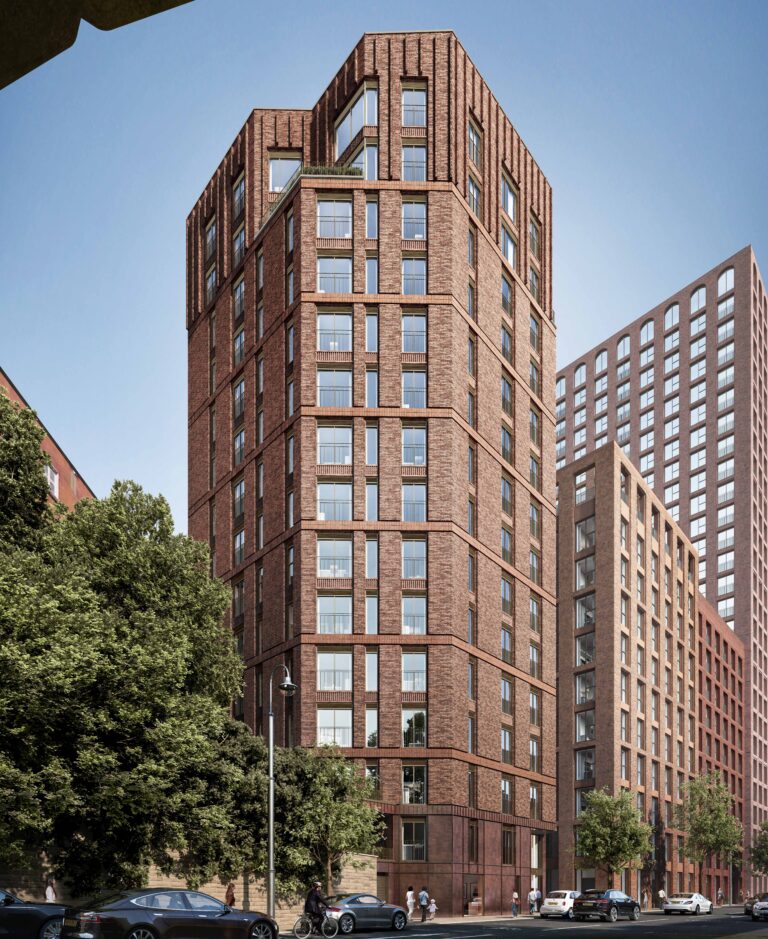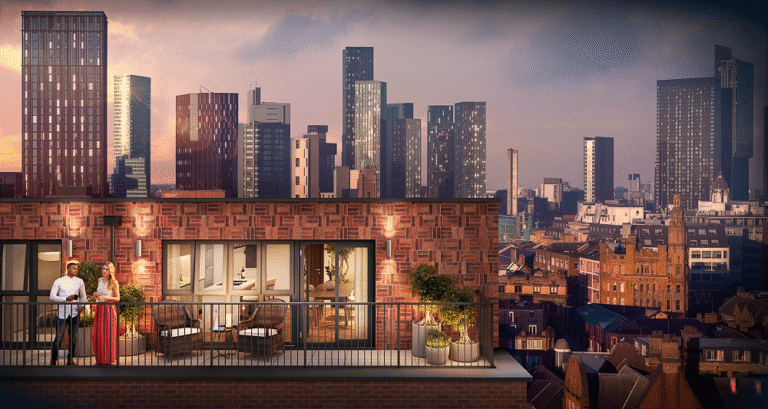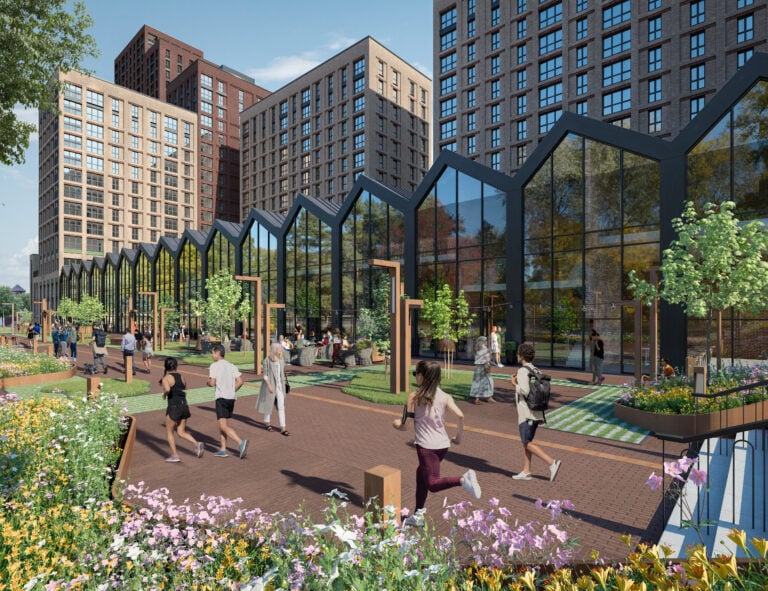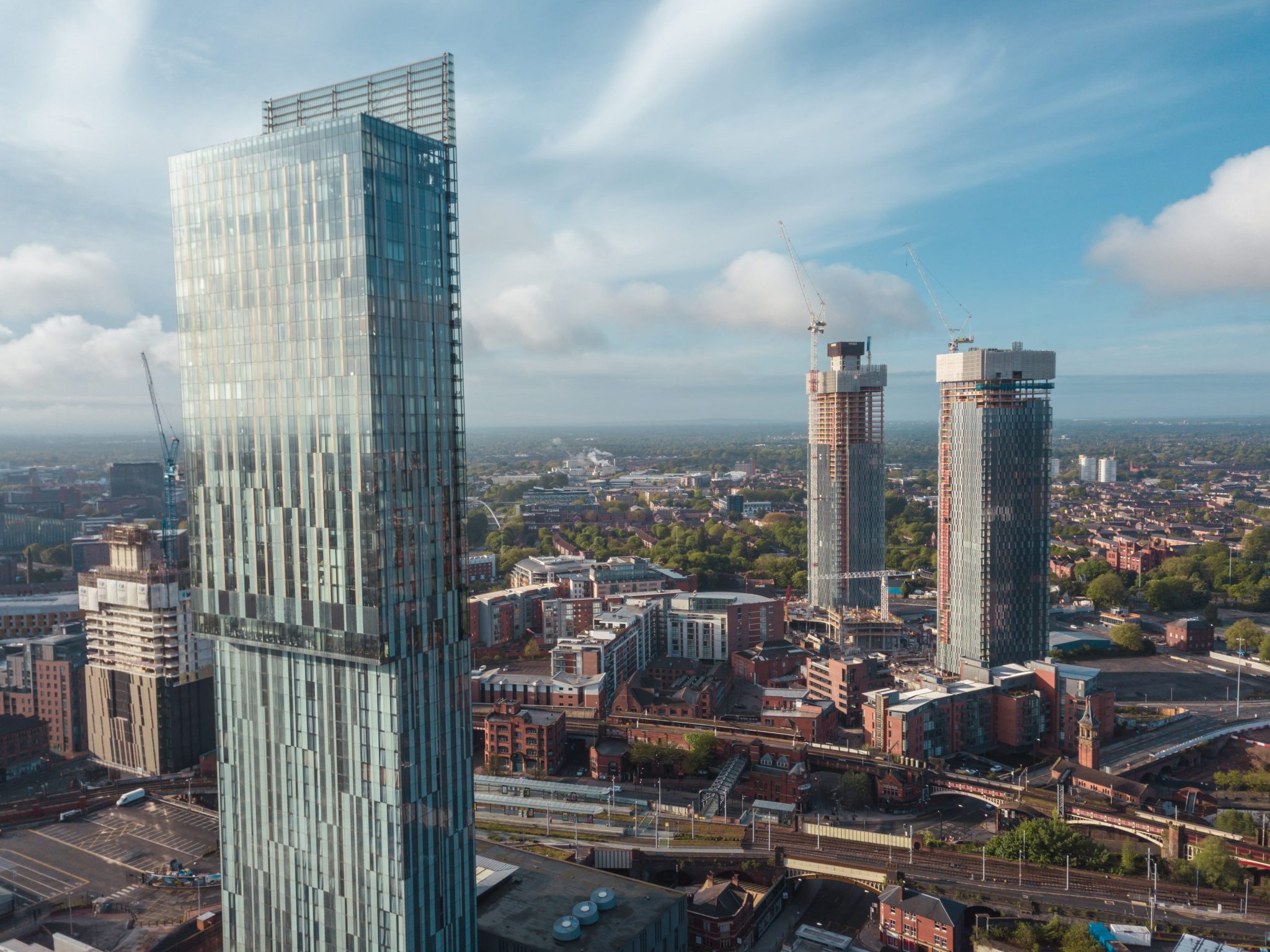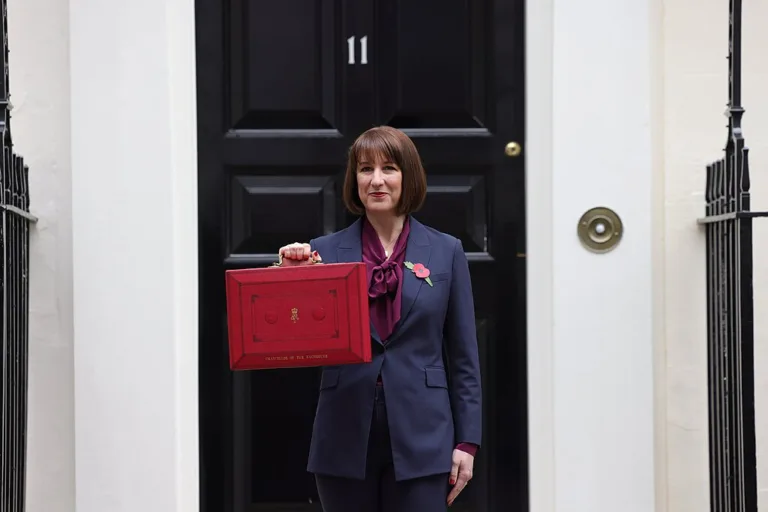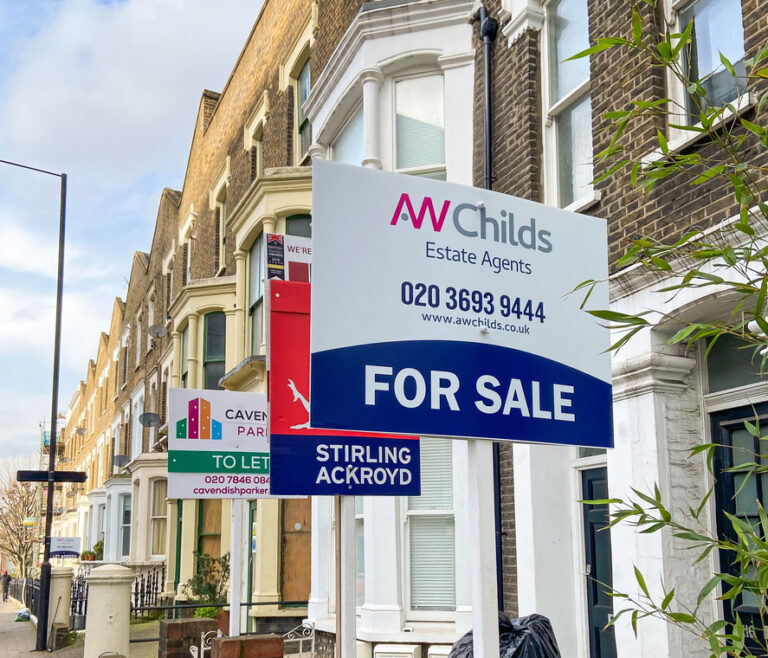Landlords have invested heavily in upgrading their rental homes in recent years, with a survey revealing that nearly nine in ten have renovated at least one of their properties in the last five years. And some of those improvements can add significant value to a property as well as improve its rental returns.
Extensions and conversions are top of the value-added charts
The biggest gains come from projects that increase a property’s usable space. According to the data, adding an extension or converting a loft can raise the value of a buy-to-let property by around 24%. Based on the current average home price of £272,995 (England and Wales), that’s an uplift of £65,518.
Landlords are also likely to benefit from making smaller structural changes. Creating an extra bedroom, for example, can boost values by 13%, a second bathroom by 8%, and a 10% increase in floor area will boost values by around 3%.
According to Andrew Harvey, senior economist at Nationwide:
“Location remains key to house values, but other factors, such as the number of bedrooms and bathrooms, are also important to landlords. Improvements that increase the size of the property, such as an extension or loft conversion, can add value and boost rental income.”
And the effect upgrades have on rents follows a similar pattern. Landlords who built extensions or carried out loft conversions report their rental income rising by up to 26%. Adding a double bedroom produced a 12% increase, and a second bathroom boosted rent by around 6%.
Energy efficiency is climbing the priority list
Landlords are also now focusing more on the energy performance of their rental properties, with eighteen per cent of respondents saying they had completed some kind of green upgrade, with solar panels the most common choice. Others opted for improved insulation or electric vehicle charging points.
Nationwide’s analysis shows why. As Harvey explains:
“A more energy-efficient BTL property (rated A or B) attracts a significant premium of 10.9% compared to a similar property rated ‘D’.”
Solar panels are becoming increasingly common across the wider housing market, too. Nationwide estimates that around 1.5 million English homes now have them, up from 3% in 2013. And EV charging points are also now more mainstream, as they have been installed in 1.8 million homes.
Some landlords claim they have made their upgrades to comply with minimum energy efficiency standards, but many others say lower bills and stronger tenant demand were just as important.
So how much are landlords spending on upgrades?
The survey found that landlords have spent an average of £88,000 on renovations over the last five years. The scale of work carried out ranged from major extensions to smaller upgrades aimed at boosting rents and attempts to keep properties attractive in a more competitive rental environment.
The overall message, though, is very clear: projects that add space deliver the greatest increase in capital value, and improvements that reduce running costs or increase comfort tend to support stronger rental demand and higher rents.
It means that, although renovations won’t transform every rental property, it is certainly worth considering adding some extra space and/or improving the energy efficiency of yours if you want to improve its yield and add to its capital value.


